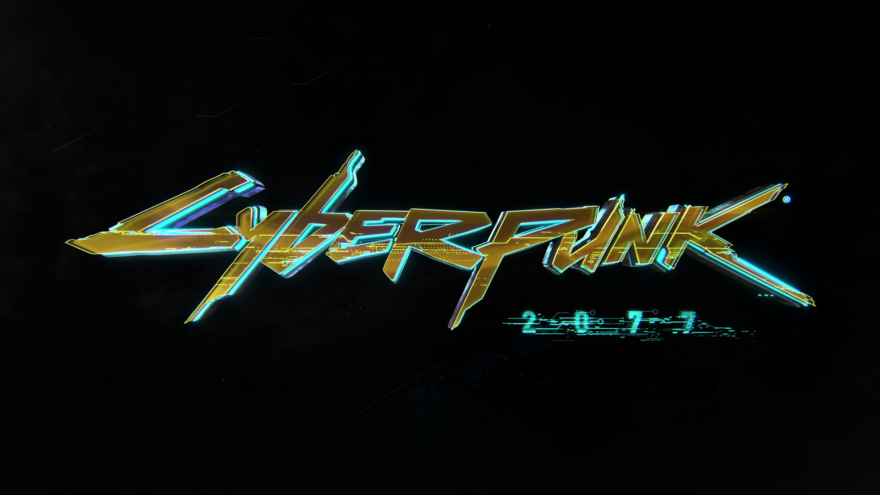Nvidia GeForce RTX 5090 Founders Edition Review
Upscaling Cyberpunk

Cyberpunk 2077 is an open-world, action-adventure RPG set in the dark future of Night City — a dangerous megalopolis obsessed with power, glamour, and ceaseless body modification. You play as V, a mercenary outlaw going after a one-of-a-kind implant that is the key to immortality. Cyberpunk 2077 supports up to DLSS 4 scaling and the latest Frame Gen technologies.
In our first game Cyberpunk we booted it up running natively set to Ultra with no raytracing turned on. It’s here where we can see that the Transformer model does dramatically increase frame rates over the CNN model when comparing like for like, so CNN vs Transformer, X2 CNN Vs X2 Transformer and so on and for the most part, Transformer typically offers up better latency numbers, though in a title like this, it’s nothing that would be that noticeable anyway. What we can see is that we’re able to increase our frame rates by up to 390% while coming in with reduced latency, and we’ll talk a look at visuals soon too because performance is one thing, but if it means we’re sacrificing on immersion and fidelity, then that’s a trade-off that most gamers won’t like.

When ray tracing was enabled and set to Ultra, the performance dynamics shifted. In this scenario, the CNN model slightly outperformed the Transformer model on average. This change highlights how different architectural strengths—localized processing in CNNs versus global context handling in Transformers—affect performance under ray tracing workloads.

The shift also emphasizes the need for careful consideration of which model to deploy depending on the rendering scenario. While Transformers excel at non-ray-traced scenarios due to their ability to handle global scene data, CNNs appear better suited for the localized computations involved in ray tracing. This is likely due to CNNs’ efficiency in handling the pixel-level light interactions that dominate ray-traced rendering.

When path tracing was enabled, the performance gap between CNN and Transformer models narrowed significantly. Both models provided better frame rates than native rendering and showed improvements in latency, but their performance was very similar. This suggests that path tracing introduces workloads that balance the strengths of both architectures, equalizing their overall efficiency. Path tracing’s computational demands might limit the ability of either model to fully leverage its unique advantages, resulting in comparable performance.








